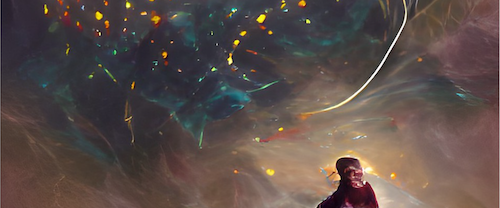A generic prediction in a cold dark matter universe is the presence of a network of filaments, at the intersection of which galaxies form and evolve. Now the advent of IFU instruments enables us to directly trace the gas filaments and uncover galaxy formation and evolution within the filaments. In this regard, one of the best target is the SSA22 proto-cluster at z=3.1. Our MUSE observations...
HectoMAP is a dense redshift survey that yields a detailed map of the large scale structures at z < 0.7. HectoMAP is also covered by the Hyper Suprime Cam (HSC) Subaru Strategic Program (SSP) photometric survey enabling a range of applications that combine a dense redshift survey with both strong and weak lensing maps. Based on HectoMAP, we identify 346 galaxy clusters. We use this cluster...
We use VLT/KMOS to investigate the role of the environment in the evolution of galaxies in the Spiderweb protocluster at z=2.16. Based on Hα and [NII], we measure SFRs and metallicities for 39 protocluster members as a function of local density and global environment properties. Galaxies embedded in this structure display SFRs compatible with the Main Sequence, and slightly enhanced...
In this work, we try to understand the environmental and mass effects of quenching. Recently-quenched galaxies (RQGs) can deliver information about the quenching scenario. A statistical sample of RQGs is necessary for studying mass and environment dependence of quenching. However, the rarity of RQGs hampers statistical spectroscopic analysis. As a pilot work, we conduct a statistical...

